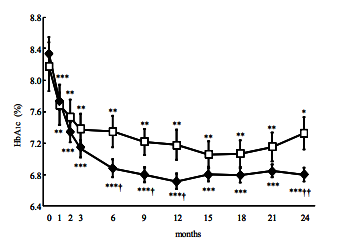The little known secret to blood sugar control
Welcome back to school after a six-week break from routine!
I am sipping my yerba mate with pineapple while enjoying some fond memories from Devon.

We had a great time, bodyboarding, trampolining, climbing rocks, plus we found a gluten-free cafe specialising in cake and doughnuts.


It has been quite a roller coaster, and that is just my blood sugar levels.
In hindsight, wearing a continuous blood sugar monitor just before you go on holiday and eating all sorts of things you wouldn’t normally and regularly checking the effects probably wasn’t ideal.
But still, it gave me a chance to challenge my knowledge (and my pancreas) to see if we could smooth out the peaks of carb heaven.
You can see here, thanks to way more rice than I would normally have, it can ping straight up.

And there were peaks and troughs all over the place on other days too (this was my daughter’s birthday party, to be fair, so think high stress, high crisp and high cake intake).

But the challenge in Devon was, can I smooth these out with some sneaky tricks?
I have been working with a few type 2 diabetics over the last 12 months, helping them balance their blood sugars and (with GP guidance) they have weaned off/reduced their medication slowly.
One simple thing to help is the rule:
Eat vegtables/protein first, eat carbohydrates last.
This is backed up by some fantastic research to show the benefits.
A group from Japan conducted three studies, each building on the last to show the benefits for type two diabetics (I am mixing the study results here, but the intervention is the same).
The glucose response gets flattened massively, which also means there is not a comedown towards hypoglycemia either.


And of course, that means the insulin response is much more limited.

This, in % terms, looks like this:

So I implemented this, I ate my veggies and protein first, then for example, half a pizza or a burger.
And the result was exactly as the research suggests.

For me, this was so exciting to see this working in real-life situations, giving me flexibility and control over my health and knowing that I can do the same for my clients.
But what about the long term in real life for diabetics?
Well, the research on this is also exciting. There is a significant reduction in the long term blood marker we talked about last time HbA1c (filled circle ate carbs last, open squares was a meal exchange program for diabetics).


In the Core concepts in Chiropractic nutrition course, we talk about picking low hanging clinical fruit that is easy to implement (for you and the patient) with quick results. In fact, the whole system is based on a phased approach utilising the 80/20 rule to keep it simple for you.
It doesn’t get much quicker and easier than eating your vegetables first, carbs last.
ACTIONS TO TAKE:
– Pick the low hanging fruit for your patients with diabetes, obesity, mood & behavioral issues, and issues with persistent stiffness: Eat veggies/protein first and carbohydrate last.
– Grab yourself a Libre 2 continuous blood sugar monitor, it has been revealing!
